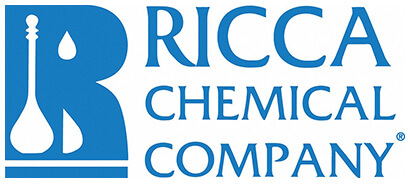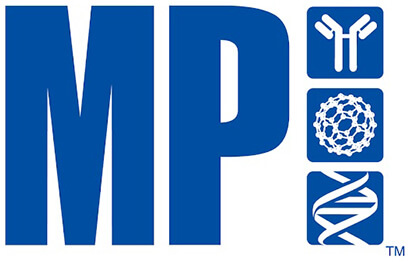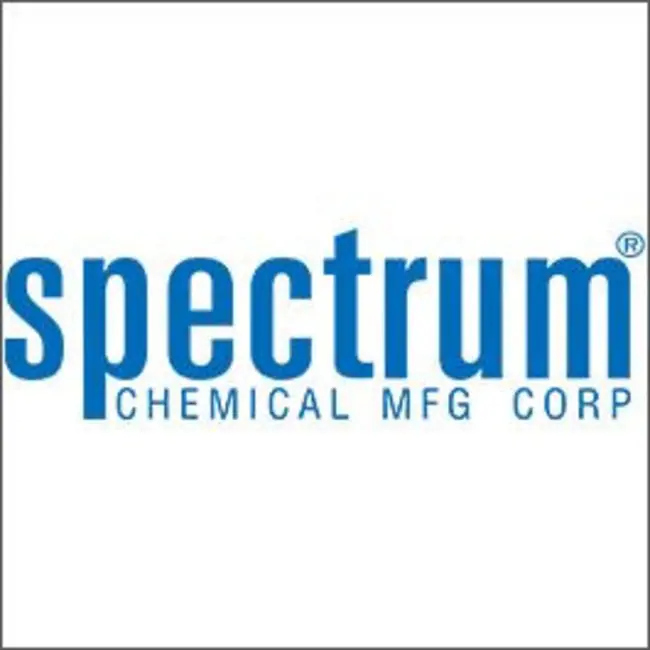Ambient
Showing 89451–89500 of 146499 results
-
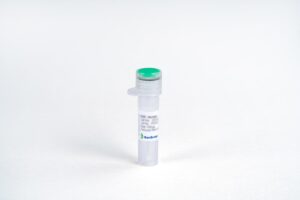
GH, Human
$34.50 Add to cart View Product DetailsGrowth Hormone (GH) is a member of the somatotropin/prolactin family which play an important role in growth control. The human GH cDNA encodes a 217 amino acid (aa), and the first 26 aa is a signal peptide. By alternative splicing, at least four isoforms of GH have been identified. The major role of GH in stimulating body growth is to stimulate the liver and other tissues to secrete IGF-1. GH stimulates both the differentiation and proliferation of myoblasts, and also stimulates amino acid uptake and protein synthesis in muscle and other tissues.
-

GH, Human
$76.76 Add to cart View Product DetailsGrowth Hormone (GH) is a member of the somatotropin/prolactin family which play an important role in growth control. The human GH cDNA encodes a 217 amino acid (aa), and the first 26 aa is a signal peptide. By alternative splicing, at least four isoforms of GH have been identified. The major role of GH in stimulating body growth is to stimulate the liver and other tissues to secrete IGF-1. GH stimulates both the differentiation and proliferation of myoblasts, and also stimulates amino acid uptake and protein synthesis in muscle and other tissues.
-
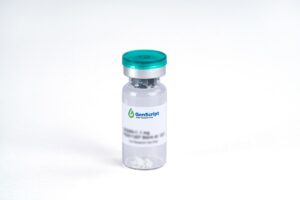
GH, Human(CHO-expressed)
$2,117.44 Add to cart View Product DetailsGrowth Hormone (GH) is a member of the somatotropin/prolactin family which play an important role in growth control. The human GH cDNA encodes a 217 amino acid (aa), and the first 26 aa is a signal peptide. By alternative splicing, at least four isoforms of GH have been identified. The major role of GH in stimulating body growth is to stimulate the liver and other tissues to secrete IGF-1. GH stimulates both the differentiation and proliferation of myoblasts, and also stimulates amino acid uptake and protein synthesis in muscle and other tissues.
-
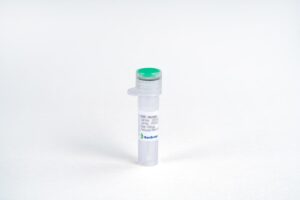
GH, Human(CHO-expressed)
$76.76 Add to cart View Product DetailsGrowth Hormone (GH) is a member of the somatotropin/prolactin family which play an important role in growth control. The human GH cDNA encodes a 217 amino acid (aa), and the first 26 aa is a signal peptide. By alternative splicing, at least four isoforms of GH have been identified. The major role of GH in stimulating body growth is to stimulate the liver and other tissues to secrete IGF-1. GH stimulates both the differentiation and proliferation of myoblasts, and also stimulates amino acid uptake and protein synthesis in muscle and other tissues.
-

GH, Human(CHO-expressed)
$314.81 Add to cart View Product DetailsGrowth Hormone (GH) is a member of the somatotropin/prolactin family which play an important role in growth control. The human GH cDNA encodes a 217 amino acid (aa), and the first 26 aa is a signal peptide. By alternative splicing, at least four isoforms of GH have been identified. The major role of GH in stimulating body growth is to stimulate the liver and other tissues to secrete IGF-1. GH stimulates both the differentiation and proliferation of myoblasts, and also stimulates amino acid uptake and protein synthesis in muscle and other tissues.
-

GH, Mouse
$1,776.75 Add to cart View Product DetailsGrowth Hormone (GH), is a member of the somatotropin / prolactin family of hormones which play an important role in growth control. The gene, along with four other related genes, is located at the growth hormone locus on chromosome 17 where they are interspersed in the same transcriptional orientation; an arrangement which is thought to have evolved by a series of gene duplications. The five genes share a remarkably high degree of sequence identity. Alternative splicing generates additional isoforms of each of the five growth hormones, leading to further diversity and potential for specialization. This particular family member is expressed in the pituitary but not in placental tissue as is the case for the other four genes in the growth hormone locus. Mutations in or deletions of the gene lead to growth hormone deficiency and short stature.
-

GH, Mouse
$76.76 Add to cart View Product DetailsGrowth Hormone (GH), is a member of the somatotropin / prolactin family of hormones which play an important role in growth control. The gene, along with four other related genes, is located at the growth hormone locus on chromosome 17 where they are interspersed in the same transcriptional orientation; an arrangement which is thought to have evolved by a series of gene duplications. The five genes share a remarkably high degree of sequence identity. Alternative splicing generates additional isoforms of each of the five growth hormones, leading to further diversity and potential for specialization. This particular family member is expressed in the pituitary but not in placental tissue as is the case for the other four genes in the growth hormone locus. Mutations in or deletions of the gene lead to growth hormone deficiency and short stature.
-

GH, Mouse
$194.06 Add to cart View Product DetailsGrowth Hormone (GH), is a member of the somatotropin / prolactin family of hormones which play an important role in growth control. The gene, along with four other related genes, is located at the growth hormone locus on chromosome 17 where they are interspersed in the same transcriptional orientation; an arrangement which is thought to have evolved by a series of gene duplications. The five genes share a remarkably high degree of sequence identity. Alternative splicing generates additional isoforms of each of the five growth hormones, leading to further diversity and potential for specialization. This particular family member is expressed in the pituitary but not in placental tissue as is the case for the other four genes in the growth hormone locus. Mutations in or deletions of the gene lead to growth hormone deficiency and short stature.
-
Ghrelin (human) Trifluoroacetic Acid Salt
$138.86 Add to cart View Product DetailsMolecular Formula : C149H249N47O42 . x(C2HF3O2)
-
Ghrelin (human) Trifluoroacetic Acid Salt
$270.83 Add to cart View Product DetailsMolecular Formula : C149H249N47O42 . x(C2HF3O2)
-
Ghrelin (human) Trifluoroacetic Acid Salt
$395.89 Add to cart View Product DetailsMolecular Formula : C149H249N47O42 . x(C2HF3O2)
-
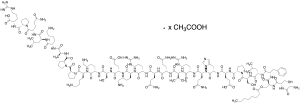
Ghrelin Acetate
$192.34 Add to cart View Product DetailsMolecular Formula : C149H249N47O42 . x(CH3COOH)
-

Ghrelin Acetate
$313.09 Add to cart View Product DetailsMolecular Formula : C149H249N47O42 . x(CH3COOH)
-
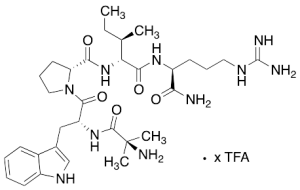
GHRP 3 TFA Salt
$56.93 Add to cart View Product DetailsMolecular Formula : C32H50N10O5 . xC2HF3O2
-

GHRP 3 TFA Salt
$239.78 Add to cart View Product DetailsMolecular Formula : C32H50N10O5 . xC2HF3O2
-

GHRP 3 TFA Salt
$475.24 Add to cart View Product DetailsMolecular Formula : C32H50N10O5 . xC2HF3O2
-
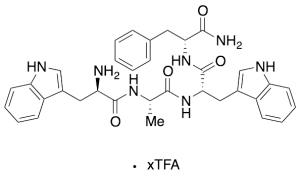
GHRP 4 TFA Salt
$118.16 Add to cart View Product DetailsMolecular Formula : C34H37N7O4 .xC2HF3O2
-

GHRP 4 TFA Salt
$264.79 Add to cart View Product DetailsMolecular Formula : C34H37N7O4 .xC2HF3O2
-

GHRP 4 TFA Salt
$413.14 Add to cart View Product DetailsMolecular Formula : C34H37N7O4 .xC2HF3O2
-
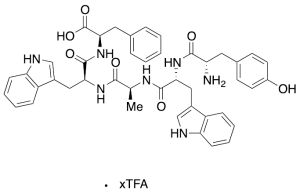
GHRP-5 TFA Salt
$118.16 Add to cart View Product DetailsMolecular Formula : C43H45N7O7 .xC2HF3O2
-

GHRP-5 TFA Salt
$264.79 Add to cart View Product DetailsMolecular Formula : C43H45N7O7 .xC2HF3O2
-

GHRP-5 TFA Salt
$413.14 Add to cart View Product DetailsMolecular Formula : C43H45N7O7 .xC2HF3O2
-
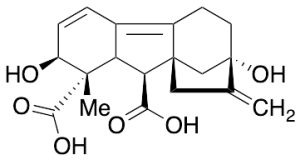
Gibberellenic Acid
$185.44 Add to cart View Product DetailsMolecular Formula : C19H22O6
-

Gibberellenic Acid
$1,508.51 Add to cart View Product DetailsMolecular Formula : C19H22O6
-
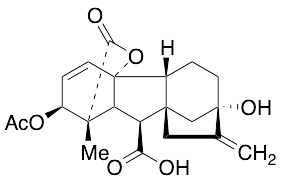
Gibberellic Acid Acetate
$132.83 Add to cart View Product DetailsMolecular Formula : 2 C11 H14 N2 . H Cl
-

Gibberellic Acid Acetate
$258.75 Add to cart View Product DetailsMolecular Formula : 2 C11 H14 N2 . H Cl
-

Gibberellic Acid Acetate
$451.09 Add to cart View Product DetailsMolecular Formula : 2 C11 H14 N2 . H Cl
-
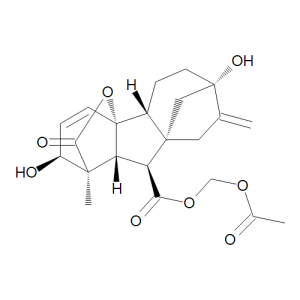
Gibberellic Acid Acetoxymethyl Ester
$224.25 Add to cart View Product DetailsMolecular Formula : C22 H26 O8
-

Gibberellic Acid Acetoxymethyl Ester
$1,694.81 Add to cart View Product DetailsMolecular Formula : C22 H26 O8
-

Gibberellic Acid Methyl Ester
$72.45 Add to cart View Product DetailsMolecular Formula : C20H24O6
-

Gibberellic Acid Methyl Ester
$116.44 Add to cart View Product DetailsMolecular Formula : C20H24O6
-

Gibberellic Acid Methyl Ester
$248.40 Add to cart View Product DetailsMolecular Formula : C20H24O6
-
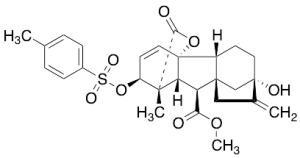
Gibberellic Acid Methyl Ester 2-p-Toluenesulfonate
$72.45 Add to cart View Product DetailsMolecular Formula : C27H30O8S
-

Gibberellic Acid Methyl Ester 2-p-Toluenesulfonate
$122.48 Add to cart View Product DetailsMolecular Formula : C27H30O8S
-

Gibberellic Acid Methyl Ester 2-p-Toluenesulfonate
$209.59 Add to cart View Product DetailsMolecular Formula : C27H30O8S
-
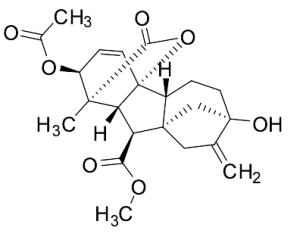
Gibberellic Acid Methyl Ester Acetate
$188.03 Add to cart View Product DetailsMolecular Formula : C22H26O7
-

Gibberellic Acid Methyl Ester Acetate
$440.74 Add to cart View Product DetailsMolecular Formula : C22H26O7
-

Gibberellic Acid Methyl Ester Acetate
$852.15 Add to cart View Product DetailsMolecular Formula : C22H26O7
-
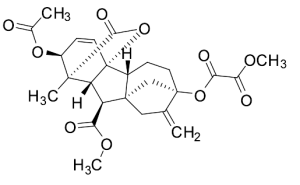
Gibberellic Acid Methyl Ester Acetate Dimethyl Oxalate
$204.41 Add to cart View Product DetailsMolecular Formula : C25 H28 O10
-

Gibberellic Acid Methyl Ester Acetate Dimethyl Oxalate
$369.15 Add to cart View Product DetailsMolecular Formula : C25 H28 O10
-

Gibberellic Acid Methyl Ester Acetate Dimethyl Oxalate
$897.00 Add to cart View Product DetailsMolecular Formula : C25 H28 O10
-

Gibberellic Acid-13C,d2 (90%)
$553.73 Add to cart View Product DetailsMolecular Formula : 13C C18 D2 H20 O6
-

Gibberellic Acid-13C,d2 (90%)
$2,480.55 Add to cart View Product DetailsMolecular Formula : 13C C18 D2 H20 O6
-
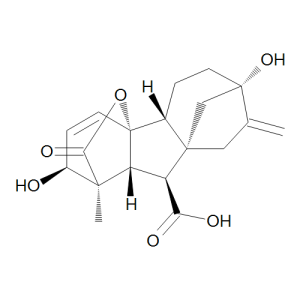
Gibberellic Acid, 90%
$50.03 Add to cart View Product DetailsMolecular Formula : C19 H22 O6
-

Gibberellic Acid, 90%
$55.20 Add to cart View Product DetailsMolecular Formula : C19 H22 O6
-

Gibberellic Acid, 90%
$144.04 Add to cart View Product DetailsMolecular Formula : C19 H22 O6
-
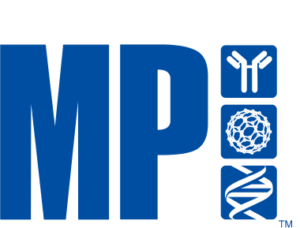
GIBBERELLIC ACID, 90%
$53.80 Add to cart View Product DetailsGIBBERELLIC ACID, 90%
-

Gibberellic acid, phytopure
$45.44 Add to cart View Product DetailsCAS Number: 77-06-5
-

Gibberellic acid, phytopure
$86.71 Add to cart View Product DetailsCAS Number: 77-06-5
-

Gibberellic acid, phytopure
$207.70 Add to cart View Product DetailsCAS Number: 77-06-5


